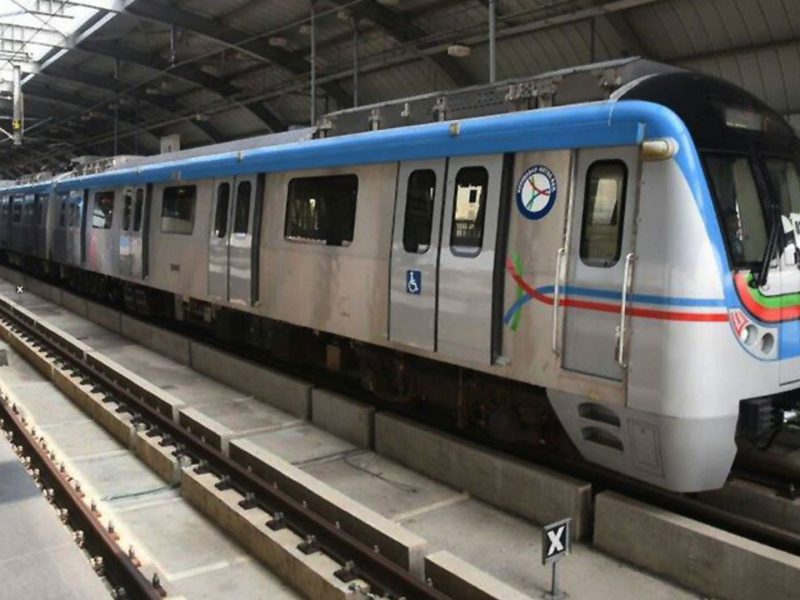

It has been proposed that, like Dublin, Cork was an important trading centre in the global Scandinavian trade network.

Cork became (more) urbanised some point between 915 and 922 when Norseman ( Viking) settlers founded a trading port. History Ĭork was originally a monastic settlement, reputedly founded by Saint Finbarr in the 6th century. Corkonians sometimes refer to the city as "the real capital", a reference to its opposition to the Anglo-Irish Treaty in the Irish Civil War. The city's cognomen of "the rebel city" originates in its support for the Yorkist cause in the Wars of the Roses. Cork city was once fully walled, and the remnants of the old medieval town centre can be found around South and North Main streets. Its charter was granted by Prince John in 1185.

Originally a monastic settlement, Cork was expanded by Viking invaders around 915. The city centre is an island positioned between two channels of the River Lee which meet downstream at the eastern end of the city centre, where the quays and docks along the river lead outwards towards Lough Mahon and Cork Harbour, one of the largest natural harbours in the world. In the 2022 census, the first following an extension to the city's boundary in 2019, the city had a population of 222,333. It is the largest urban centre of the Southern Region and the province of Munster. Cork ( Irish: Corcaigh, from corcach, meaning 'marsh') is the second largest city in the Republic of Ireland and third largest city on the island of Ireland.


 0 kommentar(er)
0 kommentar(er)
